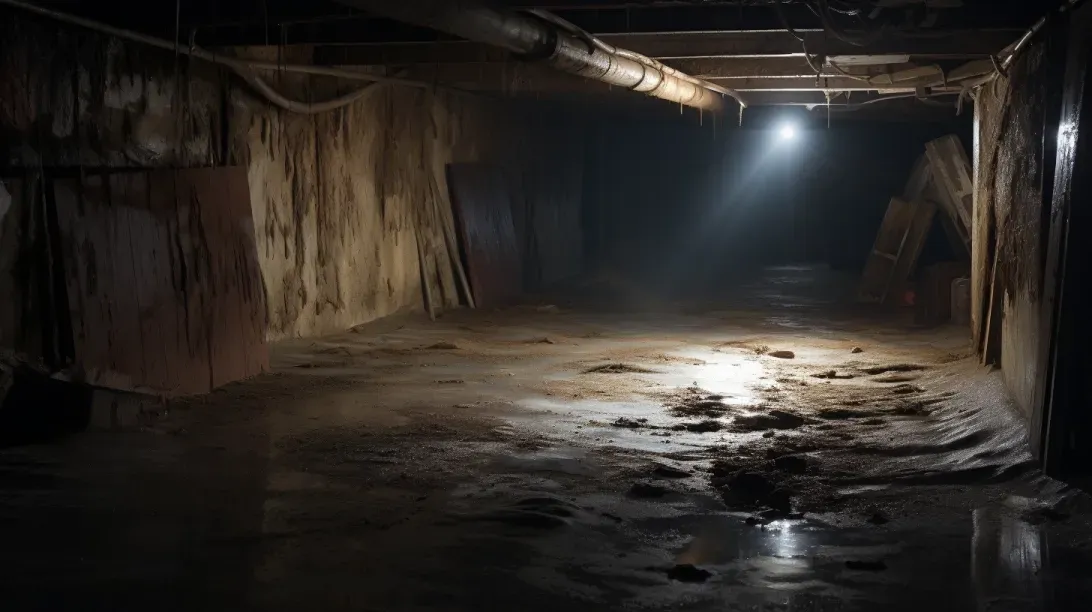
Welcome to our comprehensive exploration of a commonly overlooked yet crucial aspect of home maintenance – identifying mold in crawl spaces. Often hidden from plain sight, crawl spaces are the unsung heroes of our homes, providing essential structural support and housing critical components of our living spaces. However, these areas can also harbor a silent yet potent threat: mold.
In this blog, we delve into the critical importance of recognizing and addressing mold in these often-neglected areas. Mold, a seemingly innocuous presence, can have far-reaching implications for both your health and the structural integrity of your home. We will explore the various health risks posed by mold exposure, which range from mild allergic reactions to more severe respiratory issues. These health concerns underscore the urgency of regular inspections and prompt mold remediation in crawl spaces.
Moreover, we will shed light on the structural risks associated with unchecked mold growth. Mold can compromise the strength and safety of your home, leading to costly repairs and significant property damage over time. Understanding these risks is key to maintaining not just the health of your home’s inhabitants, but also the longevity and safety of the structure itself.
As we transition into the main content of our discussion, prepare to gain valuable insights and practical tips on identifying, preventing, and tackling mold in crawl spaces. Our goal is to empower you with the knowledge and tools necessary to protect your home and health from the hidden dangers of mold.
Understanding Mold in Crawl Spaces
Mold in crawl spaces is a common yet often overlooked issue in many homes. Understanding what mold is, how it grows, and why it's particularly prevalent in crawl spaces is crucial for maintaining a healthy living environment.
What is Mold?
Mold is a type of fungus that can be found both indoors and outdoors. It plays a vital role in nature by breaking down dead organic matter, but when it grows uncontrollably in homes, it can pose health risks. There are various types of mold commonly found in homes, including Aspergillus, Cladosporium, and Stachybotrys chartarum, often known as black mold. Each type has its characteristics and potential health impacts.
Mold grows and spreads by producing spores, which are tiny, lightweight, and easily carried through the air. In homes, mold growth is often fueled by moisture. It thrives in damp, warm environments, which is why areas like bathrooms, basements, and crawl spaces are common hotspots for mold infestations.
Why Crawl Spaces are Prone to Mold
Crawl spaces are particularly susceptible to mold growth due to several factors:
Humidity: Crawl spaces often have higher humidity levels. This moisture can come from the ground, leaks, or condensation, creating an ideal environment for mold to flourish.
Lack of Ventilation: Many crawl spaces are poorly ventilated, leading to stagnant air. Without proper air circulation, moisture cannot evaporate efficiently, further encouraging mold growth.
Comparison with Other Areas of the House: Unlike living areas, crawl spaces are often neglected in regular home maintenance. While rooms like kitchens and bathrooms are cleaned regularly, crawl spaces may not receive the same level of attention, allowing mold to grow undisturbed.
Understanding these factors is key to preventing mold growth in your home. By controlling humidity levels, ensuring proper ventilation, and conducting regular inspections, homeowners can significantly reduce the risk of mold in crawl spaces.
Signs of Mold In Your Crawl Space
Identifying mold in your crawl space early can prevent a host of problems, from health issues to structural damage. There are several indicators that can alert you to the presence of mold. Being aware of these signs is crucial for maintaining a healthy home environment.
Visual Indicators
Mold can often be identified through various visual cues. Here's a list of common visual signs of mold in crawl spaces:
- Discoloration: Look for unusual stains or discolorations on walls, floors, or insulation. Mold can appear in a variety of colors, including black, white, green, or yellow.
- Fuzzy Growths: Mold can manifest as fuzzy or slimy growths on surfaces. These can be particularly noticeable on wooden elements or insulation materials.
- Water Damage: Signs of water damage, such as warped wood or water stains, can indicate potential mold growth areas.
- Rust: Rust on pipes or other metal fixtures can be a sign of excessive moisture, which may lead to mold growth.
If possible, include photos for reference. This can help homeowners compare and identify similar signs in their crawl spaces.
Olfactory Indicators
Mold has a distinctive smell, which is often the first indicator of its presence in areas not immediately visible, like crawl spaces.
- Musty Odor: Mold typically produces a musty, earthy smell. It's similar to the scent of damp socks or wet wood.
- Distinguishing Mold Odor: To differentiate mold odor from other smells, note if the scent intensifies in certain areas or under specific conditions, like after rain. The smell is usually stronger in enclosed spaces like crawl spaces.
Recognizing these olfactory signs is essential, especially in areas where visual inspection might be challenging. If you notice a persistent musty odor in your home, it's advisable to inspect for mold, particularly in your crawl space.
Health and Structural Implications of Mold
Mold in your home, particularly in crawl spaces, can have significant implications for both your health and the integrity of your home's structure. Understanding these risks is crucial for taking timely action to mitigate them.
Health Risks Associated with Mold Exposure
Exposure to mold can lead to various health issues, especially for those with allergies or respiratory conditions. Here are some potential health effects:
- Allergic Reactions: Common symptoms include sneezing, runny nose, red eyes, and skin rash. Mold allergies can be immediate or delayed.
- Respiratory Issues: For people with asthma or chronic lung diseases, mold exposure can cause difficulties in breathing, coughing, and wheezing.
- Irritation: Even in non-allergic individuals, mold can irritate the eyes, skin, nose, throat, and lungs.
Advice on Seeking Medical Attention: If you or someone in your household experiences persistent symptoms that you suspect are related to mold exposure, it's important to consult a healthcare provider. This is especially crucial for individuals with pre-existing respiratory conditions, compromised immune systems, or mold allergies.
Impact on Home Structure
Mold can also have detrimental effects on the structural integrity of your home:
- Wood Damage: Mold feeds on organic materials, including wood. Over time, it can weaken the wooden structures in your crawl space, leading to structural damage.
- Insulation Deterioration: Mold can break down the materials used in insulation, reducing its effectiveness and necessitating costly replacements.
- Spread to Other Areas: If left untreated, mold can spread beyond the crawl space to other parts of your home, leading to more extensive damage and higher remediation costs.
Long-Term Consequences of Untreated Mold: The longer mold is left unaddressed, the more severe the damage to your home can become. This can lead to expensive repairs and may even affect the overall value of your property. Additionally, chronic mold exposure can pose ongoing health risks to the inhabitants.
DIY Mold Inspection in Crawl Spaces
Mold in your home, particularly in crawl spaces, can have significant implications for both your health and the integrity of your home's structure. Understanding these risks is crucial for taking timely action to mitigate them.
Health Risks Associated with Mold Exposure
Exposure to mold can lead to various health issues, especially for those with allergies or respiratory conditions. Here are some potential health effects:
- Allergic Reactions: Common symptoms include sneezing, runny nose, red eyes, and skin rash. Mold allergies can be immediate or delayed.
- Respiratory Issues: For people with asthma or chronic lung diseases, mold exposure can cause difficulties in breathing, coughing, and wheezing.
- Irritation: Even in non-allergic individuals, mold can irritate the eyes, skin, nose, throat, and lungs.
Advice on Seeking Medical Attention: If you or someone in your household experiences persistent symptoms that you suspect are related to mold exposure, it's important to consult a healthcare provider. This is especially crucial for individuals with pre-existing respiratory conditions, compromised immune systems, or mold allergies.
Impact on Home Structure
Mold can also have detrimental effects on the structural integrity of your home:
- Wood Damage: Mold feeds on organic materials, including wood. Over time, it can weaken the wooden structures in your crawl space, leading to structural damage.
- Insulation Deterioration: Mold can break down the materials used in insulation, reducing its effectiveness and necessitating costly replacements.
- Spread to Other Areas: If left untreated, mold can spread beyond the crawl space to other parts of your home, leading to more extensive damage and higher remediation costs.
Long-Term Consequences of Untreated Mold: The longer mold is left unaddressed, the more severe the damage to your home can become. This can lead to expensive repairs and may even affect the overall value of your property. Additionally, chronic mold exposure can pose ongoing health risks to the inhabitants.
Professional Mold Inspection and Remediation
While DIY methods can be effective for minor mold issues, there are situations where professional intervention is necessary. Understanding when to call in experts and what to expect from their services is crucial for effectively addressing mold problems in your home.
When to Call the Professionals
Deciding when to seek professional help for mold issues in your home involves considering several criteria:
- Extent of Mold Growth: If the mold covers a large area (typically over 10 square feet), professional remediation is recommended.
- HVAC System Contamination: If there's evidence that your HVAC system is contaminated with mold, professionals should handle the inspection and cleaning to prevent spreading spores throughout your home.
- Mold After Flooding: If your home has been flooded and mold has developed as a result, professionals can ensure thorough cleaning and prevent future growth.
- Health Concerns: If occupants of your home are experiencing health issues that may be related to mold exposure, professional assessment and remediation are advised.
What to Expect from Professional Mold Services
Professional mold inspection and remediation services typically involve the following processes:
Initial Assessment: Professionals will conduct a thorough inspection of your home, using specialized equipment to detect mold and moisture.
Containment: To prevent the spread of mold, the affected area will be isolated and contained.
Air Filtration: High-efficiency particulate air (HEPA) filters will be used to clean the air of mold spores and other particles.
Mold Removal: Professionals will use various techniques to remove mold from contaminated surfaces and materials.
Cleaning and Sanitizing: After mold removal, the area will be cleaned and sanitized. This may include treating surfaces to prevent future mold growth.
Final Inspection: A final inspection ensures that the mold issue has been fully resolved.
Tips for Choosing a Reputable Service Provider:
- Certifications and Experience: Look for providers with certifications in mold inspection and remediation and a solid track record of experience.
- References and Reviews: Check references and read online reviews to gauge the provider's reputation and reliability.
- Detailed Plan and Estimate: A reputable provider should offer a clear plan of action and a detailed estimate before beginning work.
- Insurance and Guarantees: Ensure the service provider is insured and offers some form of guarantee on their work.
FAQs
Contact Bull City Crawlspace Today!
Bull City Crawlspace will do everything we can to ensure your experience with us is excellent.
Request A FREE Estimate
Request a Free Estimate Form
Checkout Recent Post
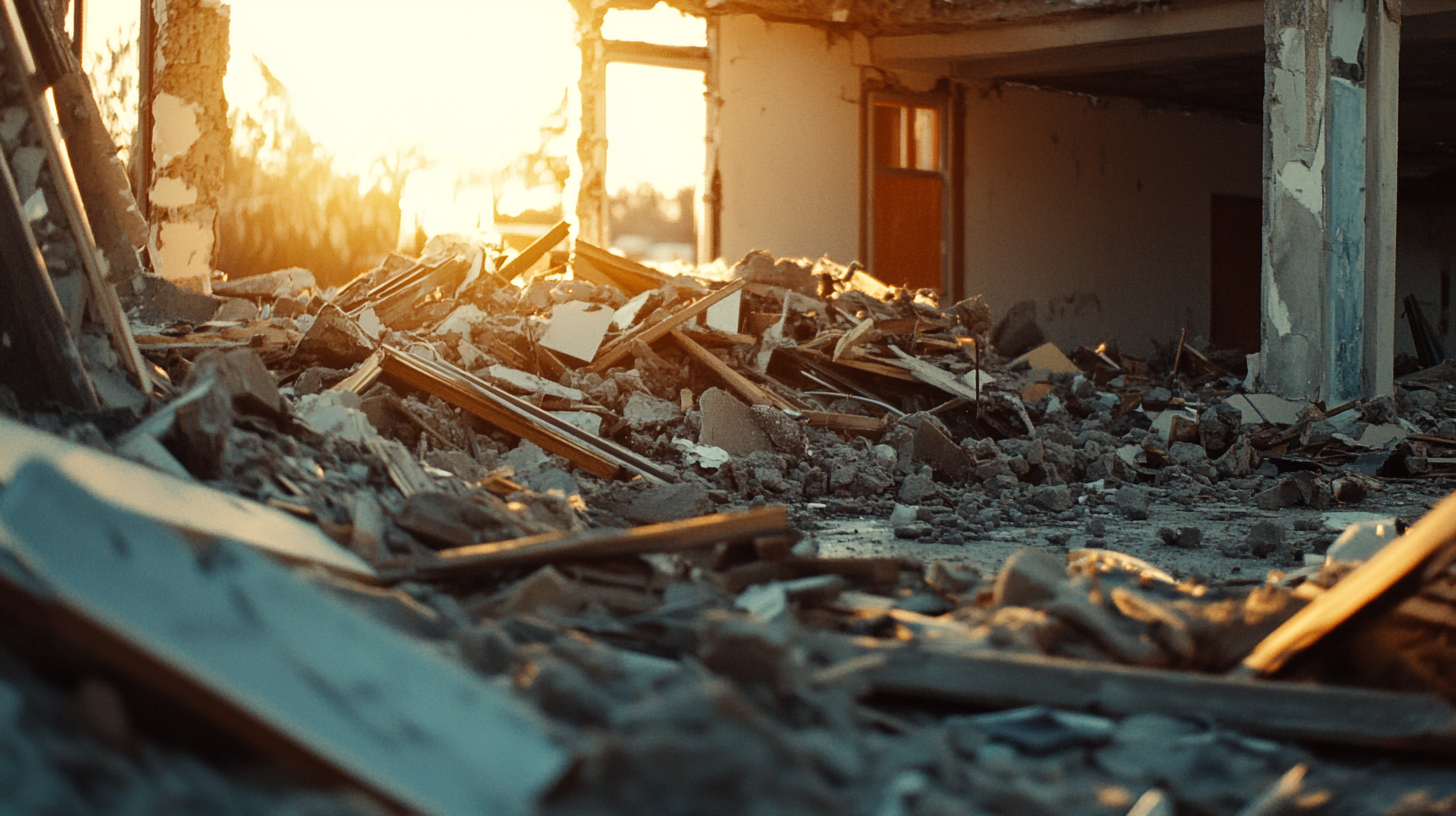
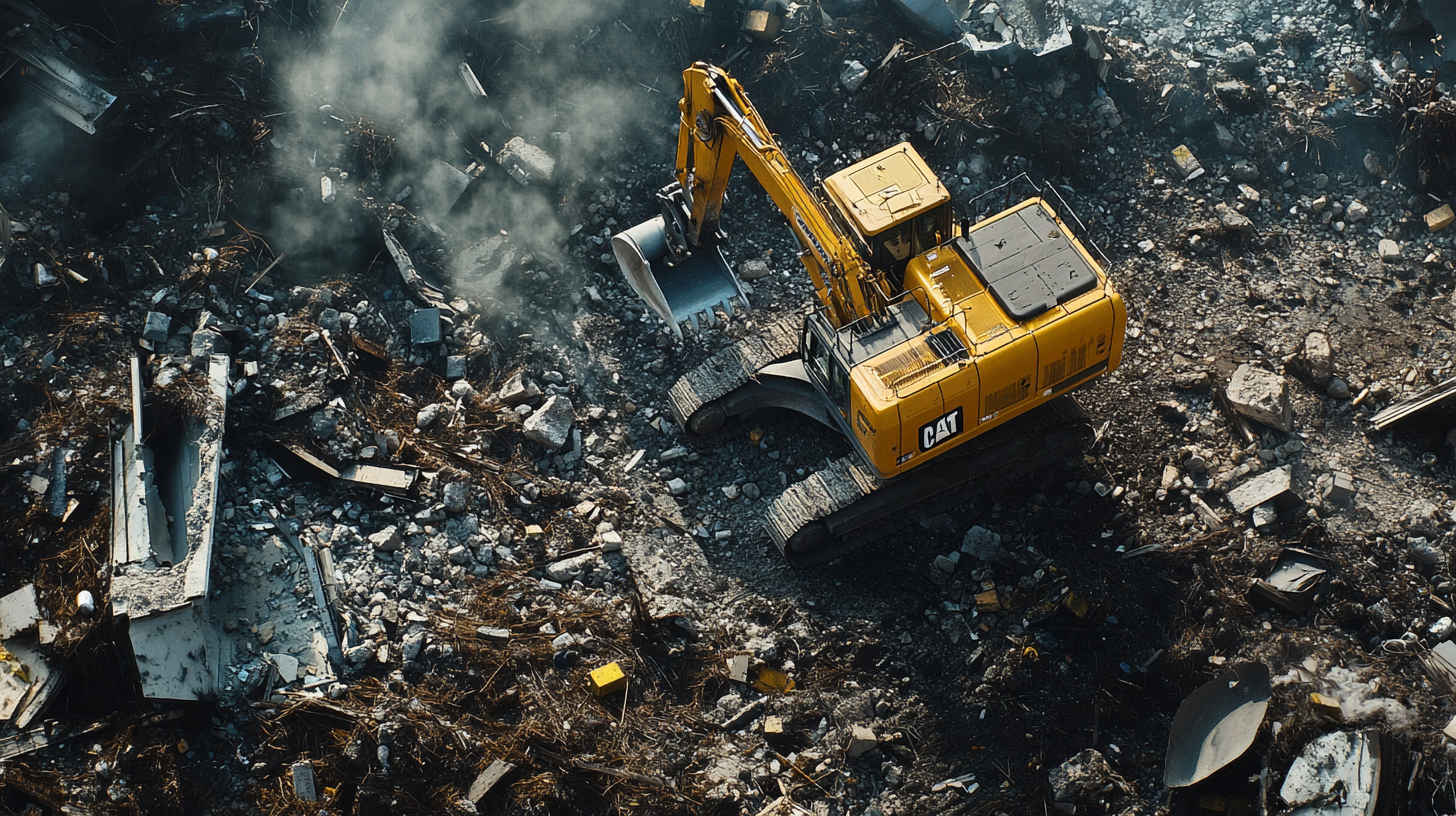
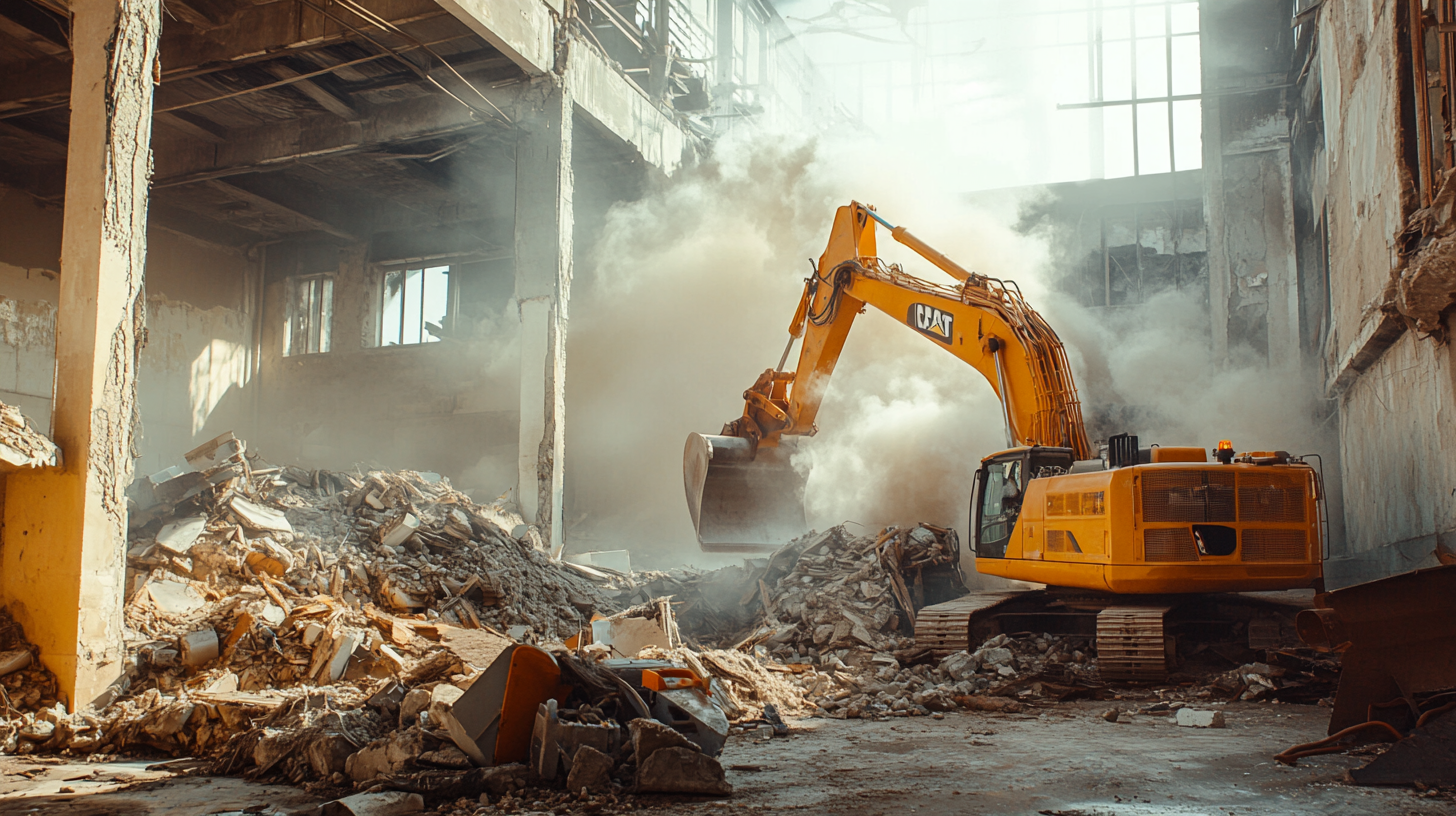
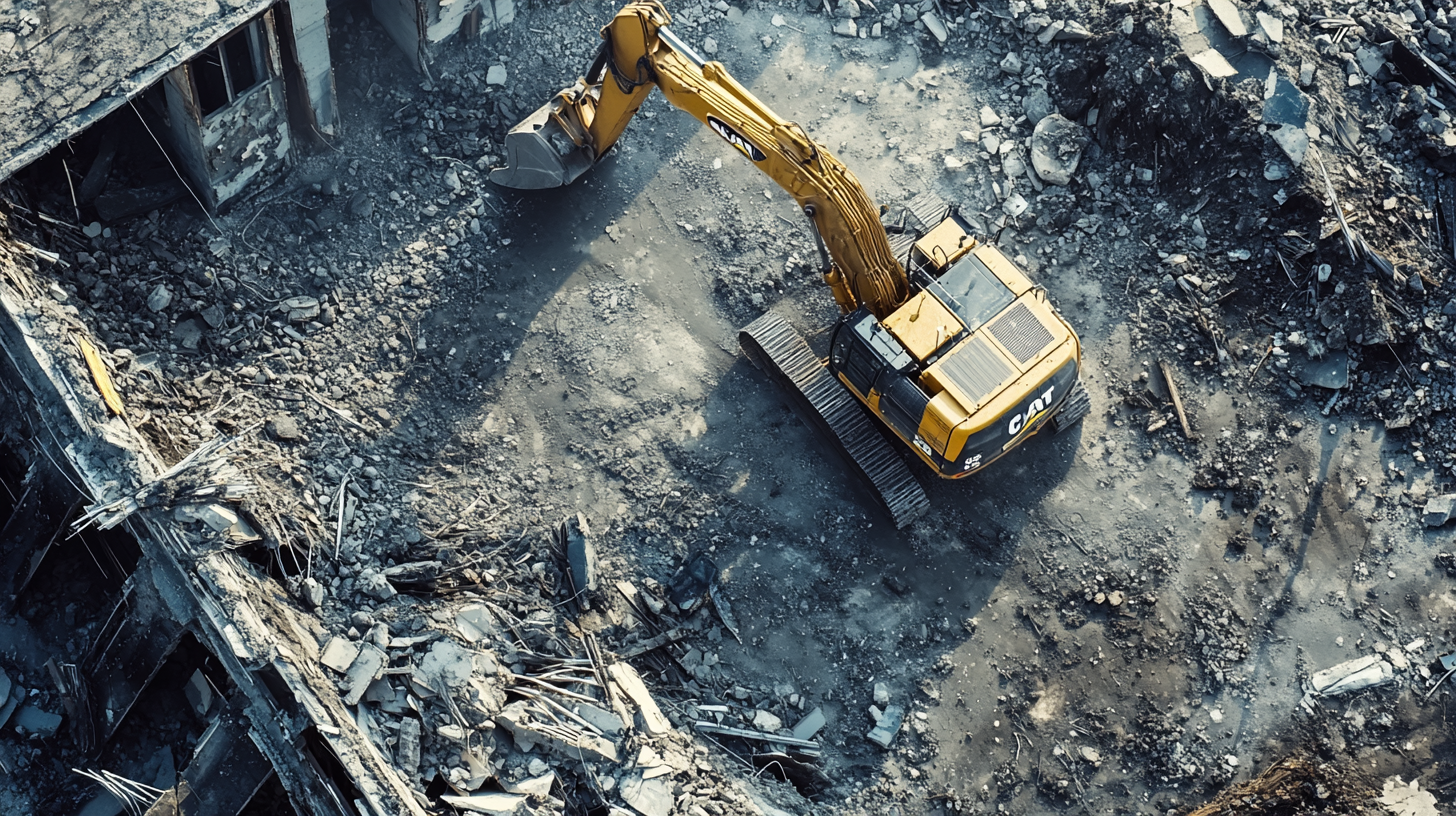
Got a Question? We’re Here to Help.
You can arrange an appointment or make an enquiry by phone or email, orget in touch to us via our contact form.

